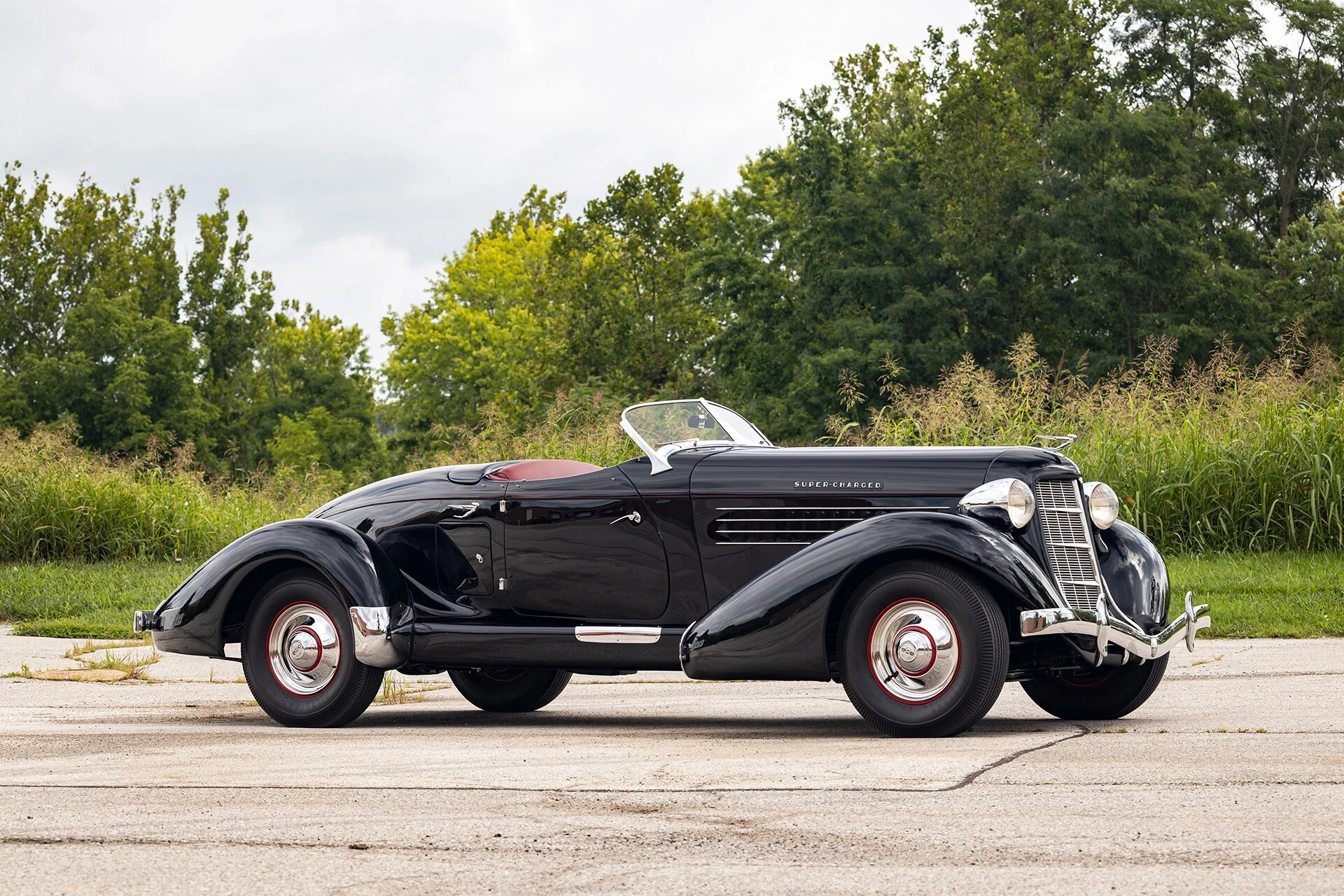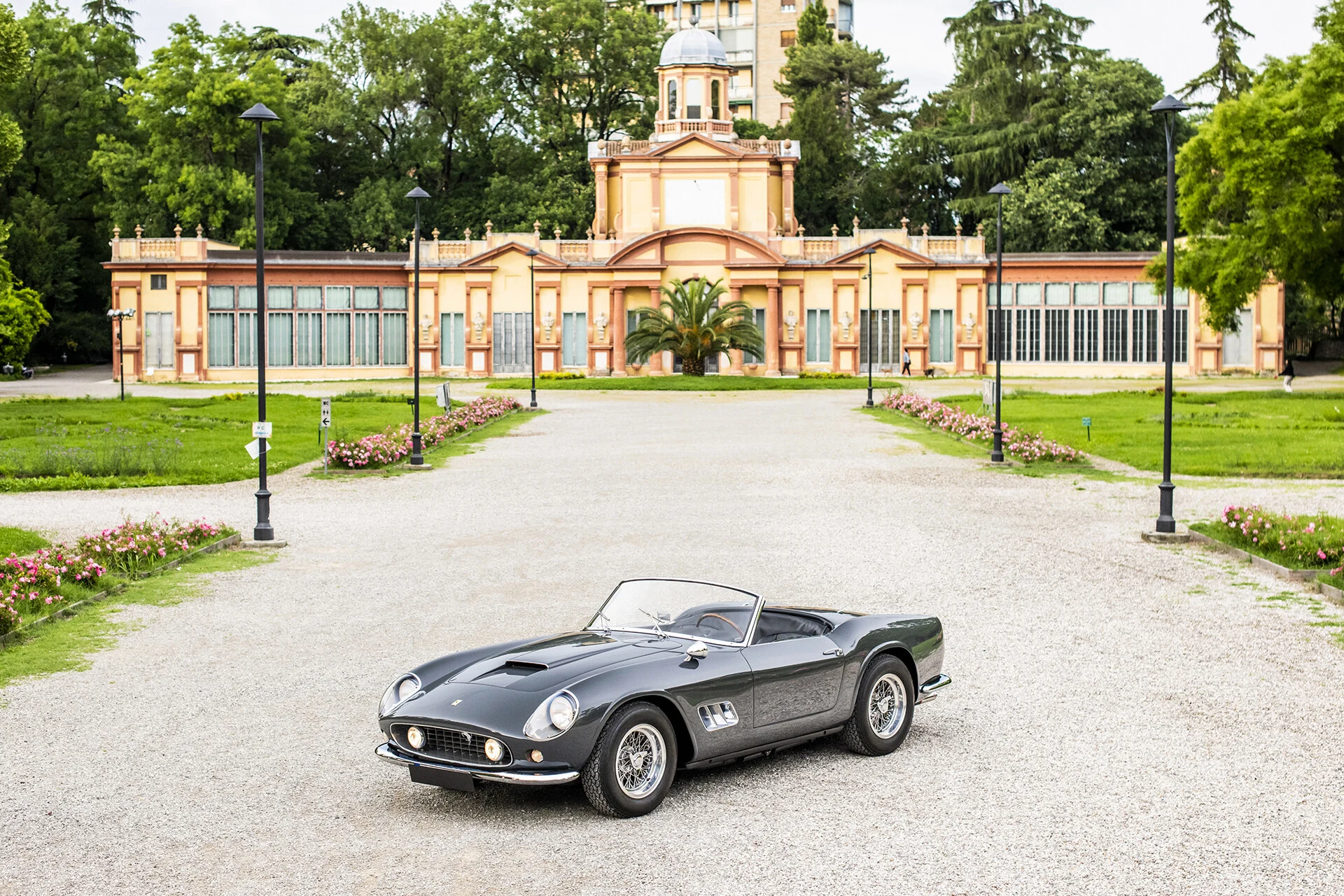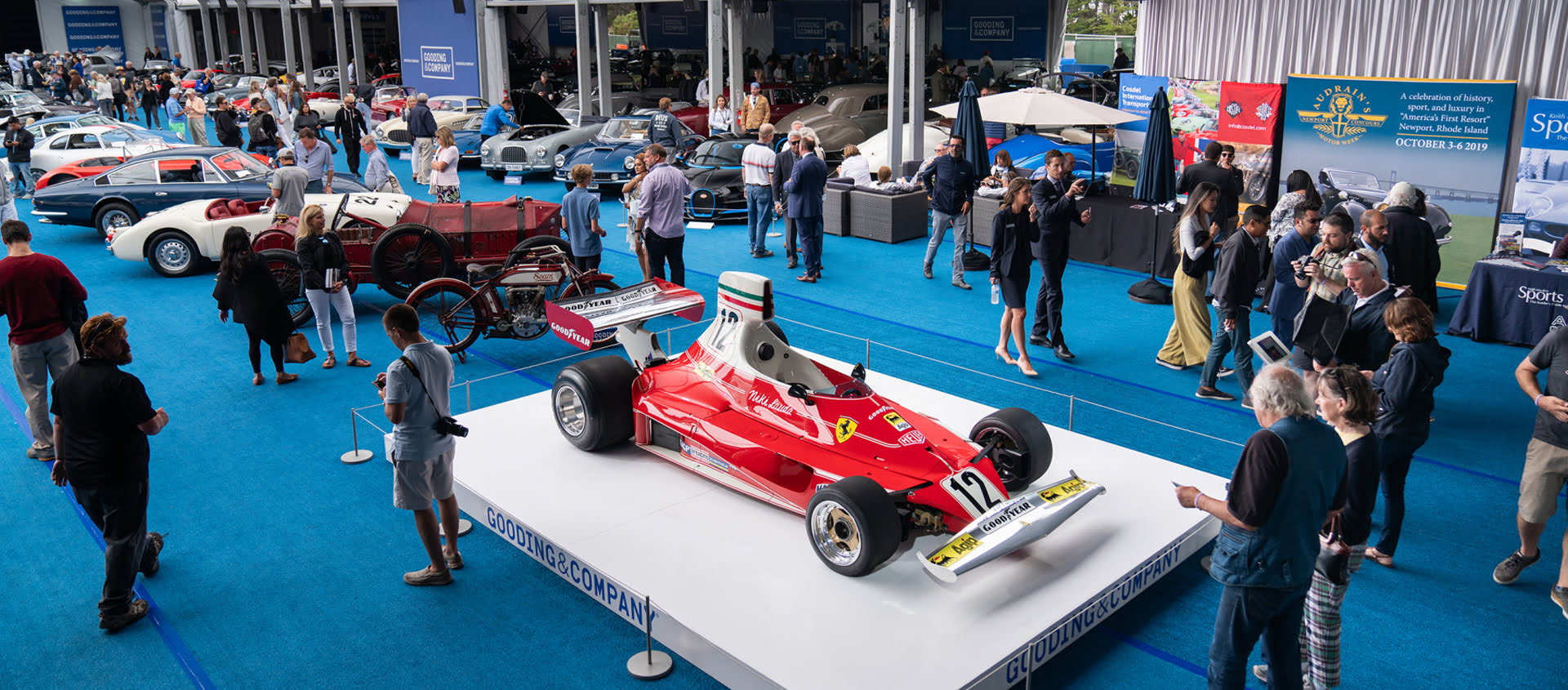Prewar Auction Deals: Lessons from Bonhams and RM Sotheby's
26 October 2024 11 min read 9 images

Photo credit: Bonhams, RM Sotheby’s
Before commenting on these two auctions dedicated to cars from the distant past, out of curiosity, I picked up a few auction catalogs from 20 years ago and compared them to the price lists of new cars you could buy back then. For the price of a Volkswagen Golf GTI (€26,000 in 2004), you could have purchased a Mercedes-Benz 190SL or, for just a couple of thousand euros more, a Ferrari 365 GT 2+2. Now, the Golf costs around €45,000, while the Mercedes far exceeds €100,000, and you can expect almost double that for a 365. The same goes for the BMW 320d Touring, which cost about the same as a Maserati Ghibli 4.9SS (Coupé), and if you were lucky enough to have the “magic” €100,000, you could choose between a Maserati Quattroporte 4.2 (€103,000), a Daytona (€96,000), or a Miura S (€105,000). To be clear, I'm talking about prices from the same period, allowing the market, over the years, to determine the values of certain models as time reveals their worth. Or forgets them: there is a category of cars whose prices haven’t skyrocketed—prewar cars. In fact, today they’ve become “uncool” as their market has thinned out (a polite way of saying most of those collectors have passed away).
Register to unlock this article
Signing up is free and gives you access to hundreds of articles and additional benefits. See what’s included in your free membership. See what's included in your free membership.
Already have an account? Log In


